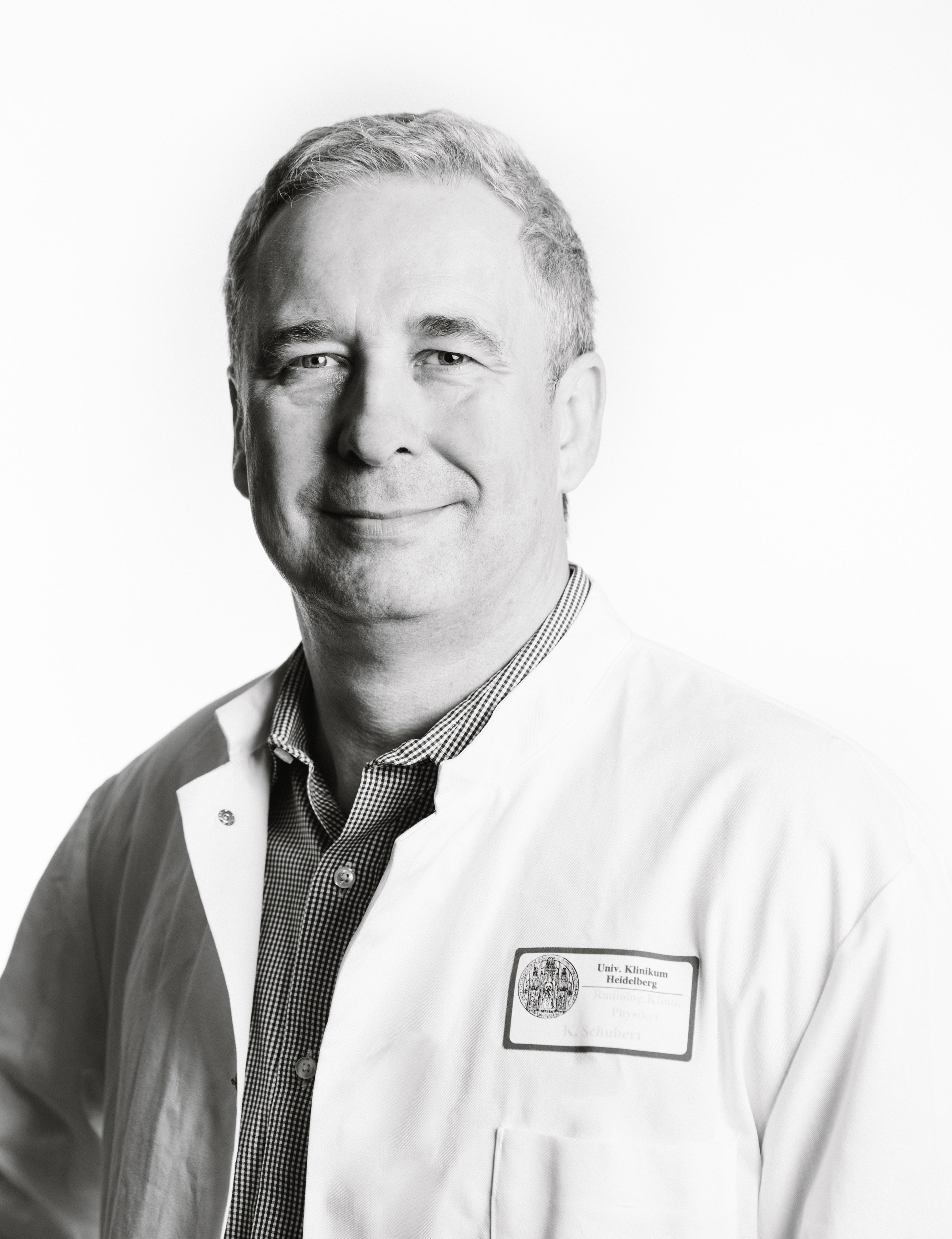
1 minute read
RayCare customer experience
RAYCARE CUSTOMER EXPERIENCE – HEIDELBERG UNIVERSITY HOSPITAL
A READILY ACCESSIBLE OIS Heidelberg has selected RayStation® as its sole treatment planning system, consolidating several existing systems. RayStation was chosen for conventional photon beam therapy in 2015, and the hospital subsequently ordered the world’s first clinical release with support for helium ion therapy.
Heidelberg has used RayCare ®* clinically since May 2019, managing about 2,200 patients with RayCare workflows. In combination with RayStation, it forms the central system for some very vital areas: managing relevant patient data, and communication and workflow support. RayCare is integrated with the hospital information system (HIS) which is the master system for all patient records and identifiers.
EFFICIENCY GAINS All patients treated at HIT, on the TomoTherapy unit, or at one of the conventional Elekta machines, are now managed using RayCare workflows customized to the specific needs of the clinic. These cover all patient tasks — from the first contact through to the start of the treatment.
A SYSTEM FOR TOMORROW’S WORKFLOWS Through integrating RayCare and RayStation with their existing hospital systems and activities, Heidelberg University Hospital has achieved smoother coordination of patient care and better use of time and resources. The challenge into the future is the integration of all patient-individual factors into multidisciplinary treatment approaches that are both individualized and adaptive.

RayCare enables us to unify our workflows where possible and keep them specific where needed. With a single system, we can centralize planning workflow support and resources, communication and QA checkpoints. The whiteboard function gives us an excellent overview of the patient throughout the treatment process, and it can be used to follow-up and manage the workflow tasks.

Dr. Kai Schubert
Medical Physicist at the Department of Radiation Oncology and Radiation Therapy, Heidelberg University Hospital, Germany.











